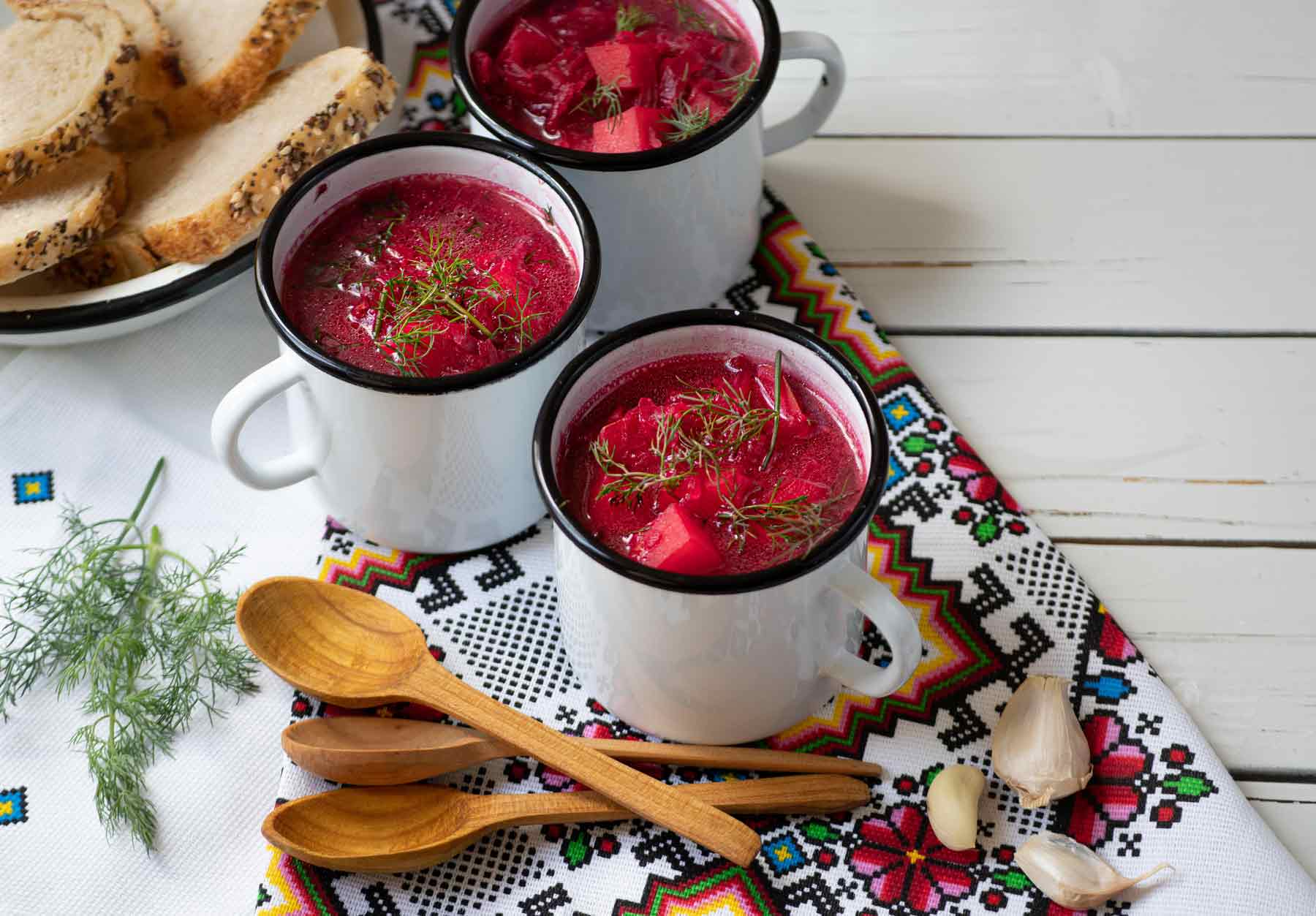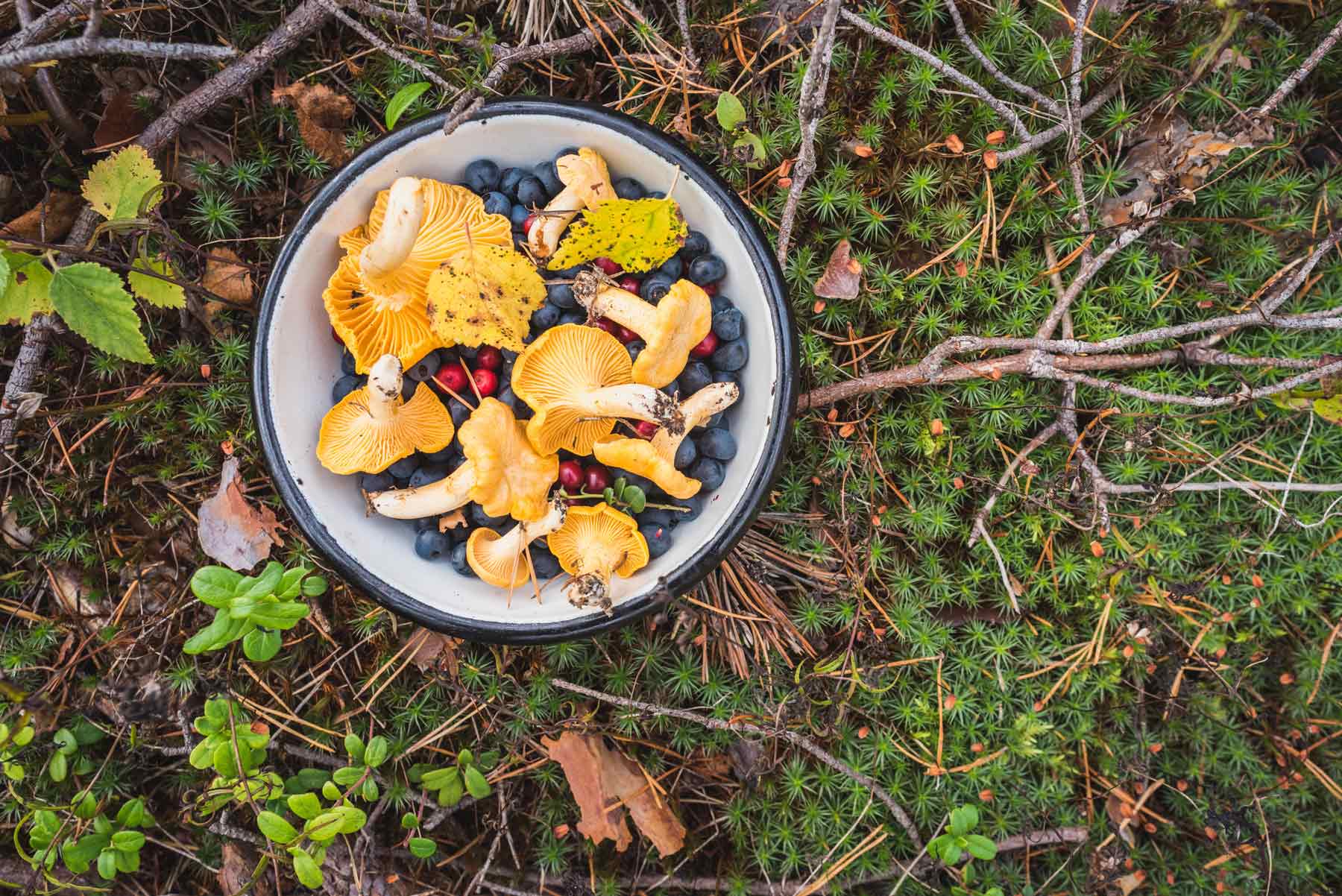In the early 2000s, Thai cuisine became an international smash hit. Within seven years, the number of Thai restaurants worldwide more than doubled, and the rice noodle dish called pad Thai became ubiquitous. With this new focus on its food, Thailand was able to rebrand, shedding some of the negative stereotypes tourists associated with it. None of this was an accident. Beginning in 2001, Thailand’s government made a concerted effort to raise the profile on its nation’s cuisine through certifications, grants, visa schemes and training programmes.
These efforts were part of an arsenal of tools that helped grow tourism in the country. Between 2001 and 2019, visitors to Thailand increased from about 10 million to 39.8 million. In 2019, before the Covid-19 pandemic began, Thailand was the eighth most visited country in the world. And as the demand for, and interest in, Thai cuisine has grown, so has the need and desire for Thai produce, including pineapple, rice and tuna. In 2021, Thailand became the thirteenth largest food exporter in the world.
One has to look at food diplomacy and food in general as a bridge to connect people
Thailand’s efforts to promote its cuisine did not go unnoticed; in fact, they are acknowledged to be the foundation of a field called 'gastrodiplomacy’ – the use of food to communicate a specific culture and heritage, in order to clarify a national brand, form connections or sway minds. “Gastrodiplomacy has a political function of trying to redefine a country’s status,” Johanna Mendelson Forman, a Distinguished Fellow at the Stimson Centre, a non-profit that analyses issues related to global peace, tells The Parliament. Countries that are not part of the powerful Group of 20, she says, use gastrodiplomacy to “stand out to a broader audience”.
“Because gastrodiplomacy is about soft power, it’s very difficult to delineate or measure its effects,” Atsuko Ichijo, an Associate Professor in sociology at Kingston University, explains. As a relatively new field, gastrodiplomacy is not underpinned with reams of research. But anecdotally, says Sam Chapple-Sokol, the editorial director at José Andrés Media, a company founded by the eponymous Spanish-American chef, “these campaigns can be very effective. Thai cuisine is one of the most popular cuisines in the world despite it being a small country.”
Certainly, gastrodiplomacy has the potential to boost tourism. According to the World Food Travel Association, about 53 per cent of people who travel choose to visit a destination specifically for its food. Peru launched a successful gastrodiplomacy campaign in the 2010s; since then, the country of 34 million has been touted as a top culinary destination by publications including The Economist and the Wall Street Journal. “People might not be able to tell you much about the history of Peru, but they know what ceviche is,” Chapple-Sokol says.
Gastrodiplomacy has a political function of trying to redefine a country’s status
Following Thailand’s example, dozens of countries have bet on gastrodiplomacy. South Korea opened a World Institute of Kimchi for the study its famous fermented cabbage; the United States created a corps of top American chefs who travel to embassies abroad to educate people on American cuisine; and Indonesia launched a “Spice Up the World” campaign to boost sales of local spices such as nutmeg and cinnamon.
Because the European Union is a conglomerate of nations, it does not promote specific dishes or cuisines abroad, but it does promote its members’ food products. For 2024, the EU has dedicated €185.9m to support the European food industry with marketing campaigns in countries including China and South Korea, and with funding for European food producers to participate in international food fairs and join agri-food business delegations.
“Our promotion campaigns open new opportunities for our agri-food sector, strengthening its essential contribution to the EU economy, especially in rural areas and remote regions,” Janusz Wojciechowski, the EU commissioner for agriculture, said in a statement.
Generally, countries use food to create a national brand identity in two different ways, depending on their objectives. The first approach is to “narrow the lens on the cuisine”, Chapple-Sokol says. “This is what Korea did with bibimbap or with kimchi and getting it protected by Unesco. You go deep on something in order to claim it and raise the profile of that dish.”
Kimchi joined Unesco’s list of intangible cultural heritage in 2013 as “an essential part of Korean meals, transcending class and regional differences”. South Korea was just one of a number of countries that have rushed to inscribe their food traditions on Unesco’s list in the last decade. Other inductees include the gastronomic meal of the French (defined as “a social custom aimed at celebrating the most important moments in the lives of individuals and groups”), the Mediterranean diet, and traditional Mexican cuisine.
Some countries establish a certain food as theirs in order to make a strong political statement. Take, for example, borscht – a hearty, beet-based soup. A non-governmental organisation founded by a Ukrainian chef, Yevhen Klopotenko, first filed an appeal to add borscht to Unesco’s list in 2020. Klopotenko was motivated after the Russian government wrote on X that borscht is “one of Russia's most famous and beloved dishes, and a symbol of traditional cuisine”.
 A non-governmental organisation founded by a Ukrainian chef, Yevhen Klopotenko, first filed an appeal to add borscht to Unesco’s list in 2020
A non-governmental organisation founded by a Ukrainian chef, Yevhen Klopotenko, first filed an appeal to add borscht to Unesco’s list in 2020
After Russia invaded Ukraine in February 2022, Unesco fast-tracked the application, and in July of that year the Culture of Ukrainian Borscht Cooking was inscribed into the list. Announcing the decision, Unesco said the war was depriving Ukrainians of their ability to grow borscht vegetables, cook the dish, and celebrate at events where the dish is a culinary focal point, such as weddings or festivals. “Obviously, this was Unesco responding to what’s happening in the world,” Ichijo says. “Ukraine wants to [send a message]: ‘We’re not Russia.’”
The second approach to gastrodiplomacy, according to Chapple-Sokol, is more “scattershot”. He points to an American programme called the Diplomatic Culinary Partnership, as part of which about 80 American chefs, who cook a range of regional cuisines including Native-American and South American, take turns to oversee state dinners at the White House and travel around the world to represent the US at food-related events. “There’s a monolith that America is pushing against,” Chapple-Sokol says. “The idea of the programme is to get away from the idea of burgers and hot dogs as stereotypes of American food.”
Another example of this approach is New Nordic Cuisine. Rather than focusing on an item of food or a style of cooking from one country, chefs and other culinary professionals in the region – from Denmark, Finland, Iceland, Norway, Sweden, the Faroe Islands, Greenland and Åland – joined forces two decades ago to raise their profiles simultaneously.
There’s been a lot of effort to use food for peace-building
“New Nordic cuisine transcends national borders,” Ichijo says. “There’s this idea that there’s something shared above a nation-state level that can define these countries.” Their efforts have been a huge success, bringing worldwide renown to Nordic cuisine, drawing tourists to Nordic countries, and turning Nordic chefs into household names.
The concept took root in 2004, when a group of chefs, restaurateurs, farmers, politicians, and others gathered for a symposium in Copenhagen. One significant outcome of that meeting was a now-famous 10-point New Nordic Food Manifesto. Chefs who signed the manifesto promised to cook according to the seasons, promote Nordic foods, and develop new applications of traditional Nordic produce. Biodiversity and sustainability also became crucial to the new agenda.
The Nordic Council of Ministers provided €5.4m towards this New Nordic Food Programme. Denmark launched a multi-pronged initiative called Gastro2025, which earmarked funding for a gastronomy academy in Copenhagen and gastrodiplomacy efforts in Danish embassies. Today, about 26 per cent of visitors to Denmark come to taste local food.
Sweden launched a National Food Strategy that focused on developing a better food supply chain and, through that, make the country’s food scene more appealing to tourists. Finland capitalised on the gastro-tourism possibilities of its “right to roam” laws, and has promoted the right to walk, bike, run, hike – or forage – almost anywhere in the country. Food tourism in Finland has grown seven per cent annually.
 Finland capitalised on the gastro-tourism possibilities of its “right to roam” laws, and has promoted the right to walk, bike, run, hike – or forage – almost anywhere in the country
Finland capitalised on the gastro-tourism possibilities of its “right to roam” laws, and has promoted the right to walk, bike, run, hike – or forage – almost anywhere in the country
A newer branch of gastrodiplomacy is focused on using food to resolve conflict or create cross-cultural understanding. In recent years, Mendelson Forman explains, “there’s been a lot of effort to use food for peace-building.” She points to an annual food festival that began in 2016 in France, as part of which refugee chefs take over restaurant kitchens in different cities. The restaurants pay the chefs for their labour, cover the costs of ingredients, and donate some of the profits to charity.
Since 2016, the festival, which takes place on World Refugee Day on 20 June, has spread beyond France to cities including New York, London and San Francisco. With the support of stakeholders such as the United Nations Refugee Agency and Caritas, the organisation that started the festival, Refugee Food, now also trains refugees who want to work in catering, and operates a restaurant and two canteens focused on refugee integration.
Mendelson Forman, meanwhile, has brought gastrodiplomacy into the classroom, with a course at the American University School of International Service called “Conflict Cuisine: An Introduction to War and Peace Around the Dinner Table.” Her students learn about global conflicts that forced waves of people to flee to America – such as the wars in Vietnam and Afghanistan – by researching the restaurants they went on to open in Washington. “We meet restaurateurs, the students taste their food and hear stories about what it was like to leave and how it’s different from their homeland,” Mendelson Forman says.
“One has to look at food diplomacy and food in general as a bridge to connect people.” Like all forms of soft power, gastrodiplomacy works through “familiarity and use”, she says. “People can have civilised discussions around the table that they might not have in other places, and that’s very important.”
Sign up to The Parliament's weekly newsletter
Every Friday our editorial team goes behind the headlines to offer insight and analysis on the key stories driving the EU agenda. Subscribe for free here.